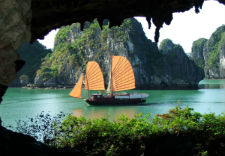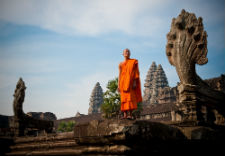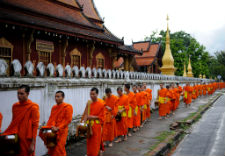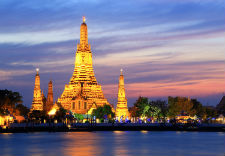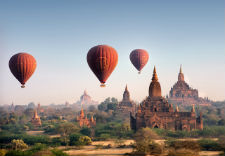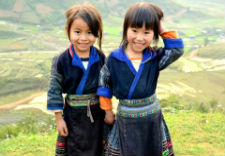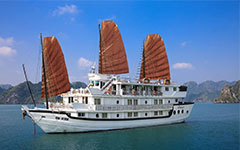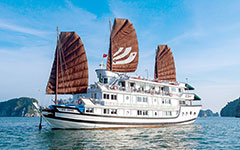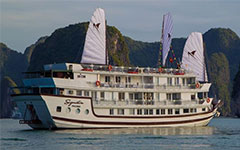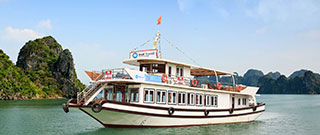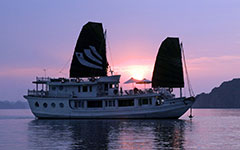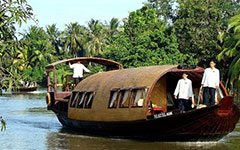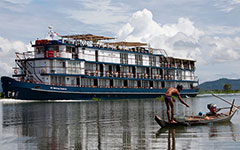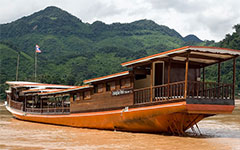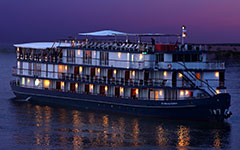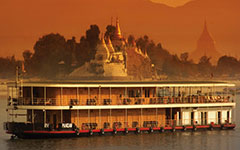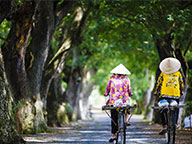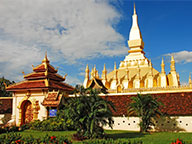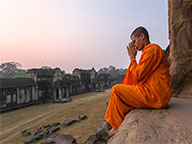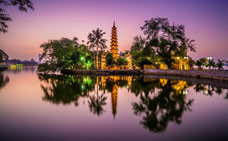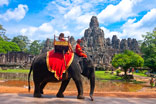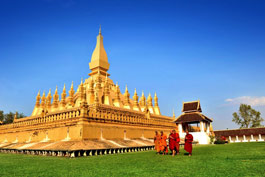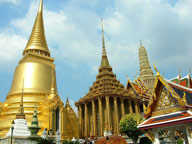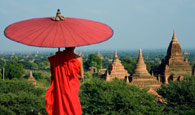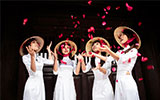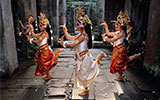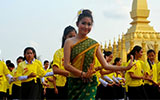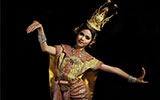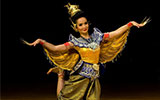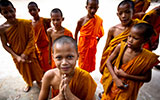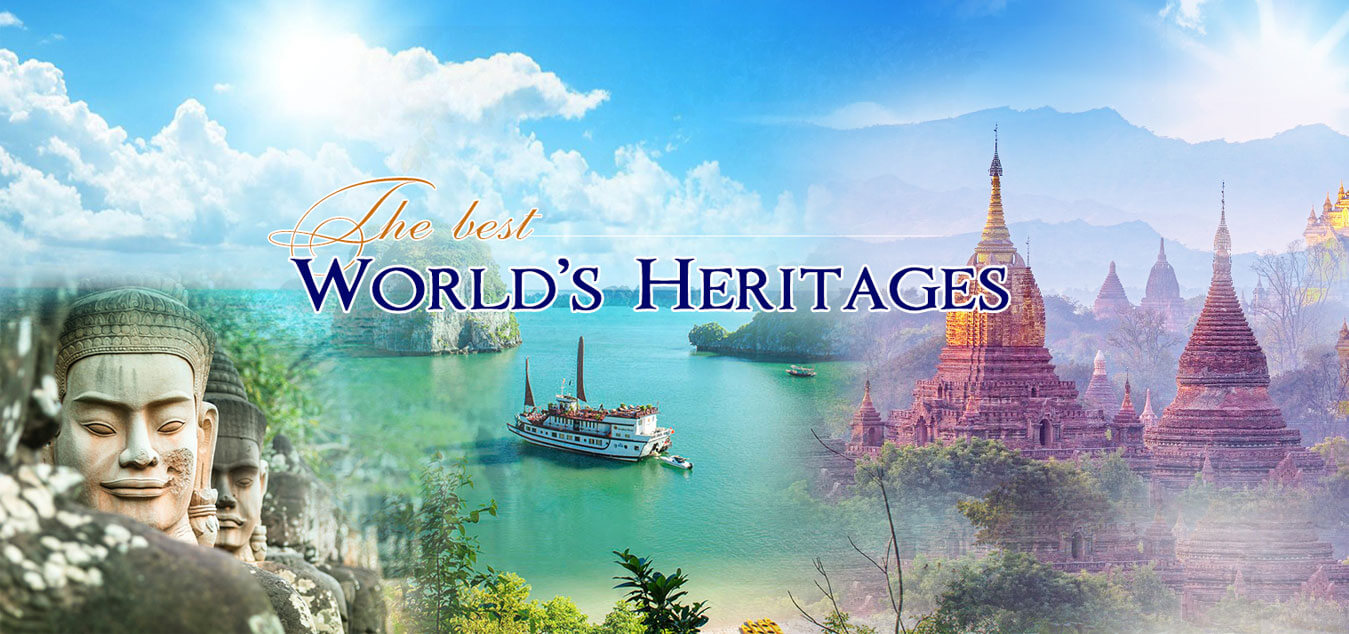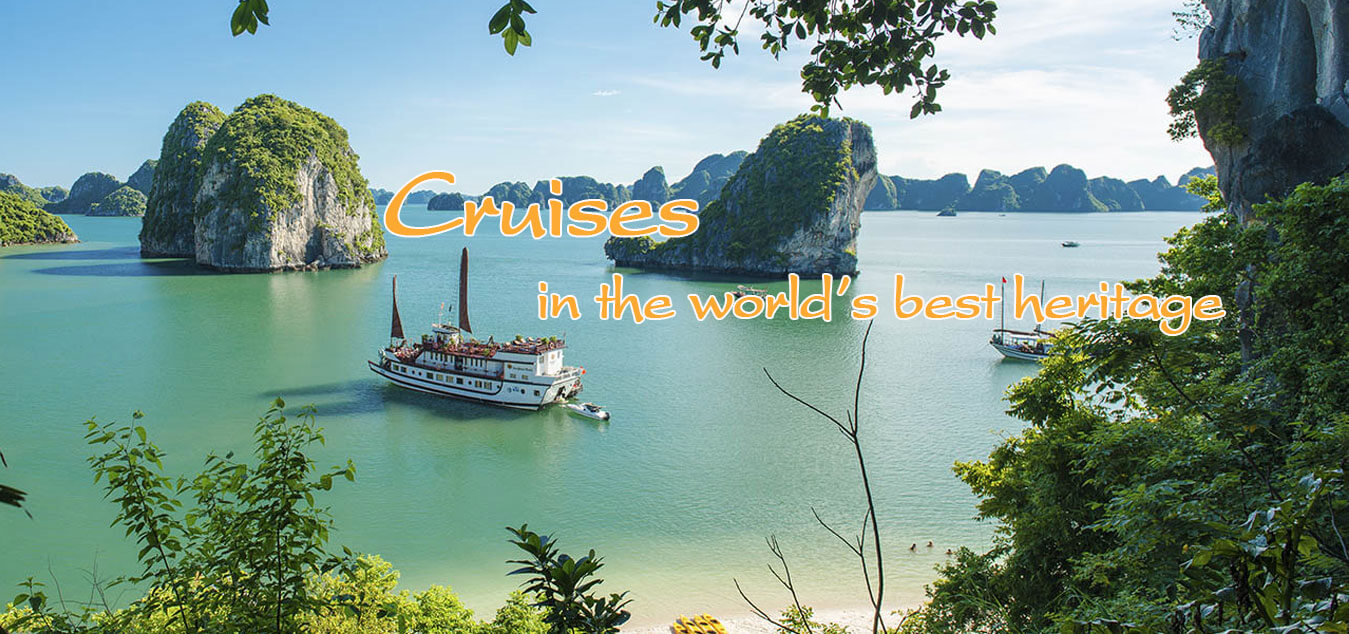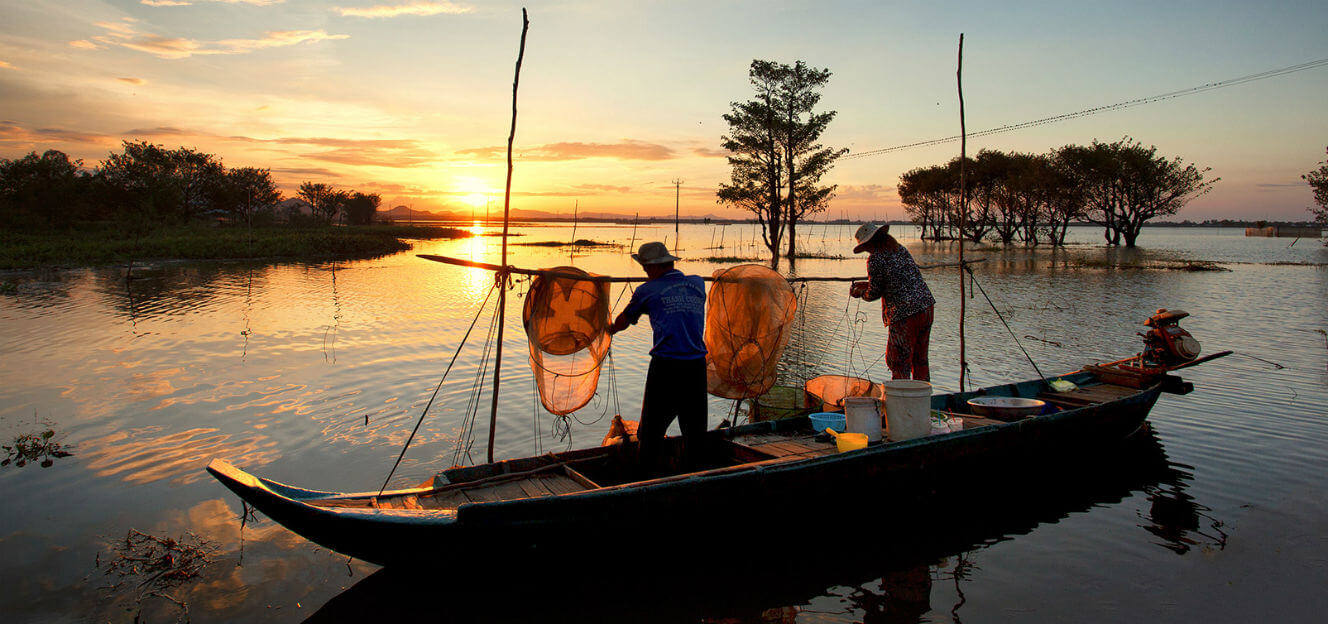Shopping in Laos
The unique and fascinating handicrafts available in Lao PDR allow visitors to take some special reminders of their travels in this beautiful country. A rich selection of silk and cotton textiles, exquisite silver and gold jewelry, handmade baskets, intricate carvings and traditional musical instruments and utensils are just some of the delights awaiting visitors on the markets.
The textiles and fabrics produced in the country are all hand woven on small looms in villages with long traditions in the craft. Styles, designs and patterns vary according to the area in which they were made. Hill tribe weavers and textile craftspeople produce distinctive and beautiful fabric and cloth products.
Carvers work in wood, bone and stone and produce work depicting scenes from both religious stories and everyday life. The craftsmen make a great variety of goods and are only too happy to produce special order items as well..
Bargaining-although most shops have fixed prices for goods the price of fabrics, carvings and some jewelry may be negotiable with careful, good-humored bargaining.
Tipping is not usual but may be expected at some of the more exclusive hotels and restaurants.
- Luang Prabang Night Market. The Evening Market is a nightly event that takes place between 17:00 and 23:00 beginning at Wat Mai and runing along Sisavangvong Read More...
- Vangthong Evening Market. ...
- The Vientiane Night Market. ...
- Champasak Shopping. ...
- Luang Prabang Shopping. ...
- Savannakhet Shopping. ...
- Vientiane Shopping.
